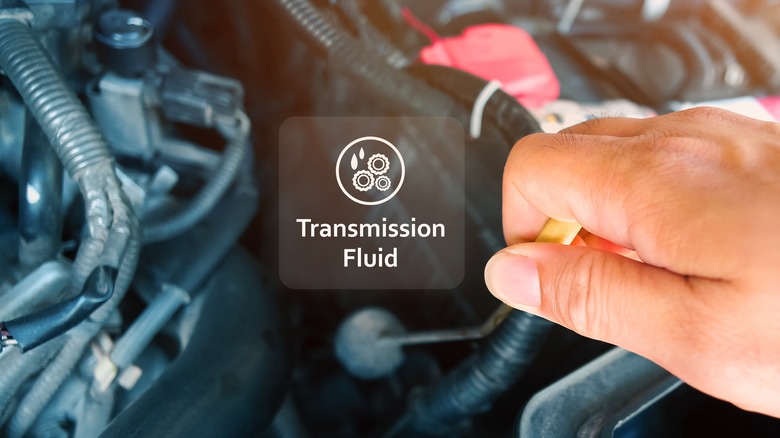Should Your Car Be Running When You Add Transmission Fluid?
Checking and changing a vehicle's transmission fluid is the best way to maintain the functionality of its gear-shifting mechanism. After all, said fluid is primarily responsible for lubricating the metal gears in your vehicle's transmission, thus reducing friction and helping ensure every component stays cool and runs smoothly. Just like engine oil, never changing transmission fluid is a recipe for the failure of a vital component that is hardly cheap to repair or replace.
As with the other noted engine fluids, it's recommended that you check a vehicle's transmission fluid at regular intervals. While such intervals can vary depending on the make and model of your car, the general rule of thumb is that transmission fluid should be checked as often as once a month. It is generally recommended that you check a vehicle's transmission fluid when it's warm, meaning your car, truck, or SUV should indeed be running when you do so. Thus, it's a good idea to drive around for a few minutes before you park to ensure the engine and transmission are at a desired temperature.
There's a good reason you need to check transmission fluid when it's warm. This way, you'll get a more accurate reading on a dipstick once the fluid has been circulated through all the nooks, crannies, and lines associated with your car's gear-shifting component. Likewise, you should also check the transmission fluid when parked on a flat surface to ensure the levels depicted on the dipstick are on point.
How to check your vehicle's transmission fluid
You will, naturally, need to check and double-check that the vehicle's gear shifter is fixed in the Park (P) position, and that the emergency brake is engaged before you check your transmission fluid with the engine running. Checking the fluid can also be a dirty job, so you may want to have gloves and a shop towel handy before you begin. With your engine warm and your vehicle immobile, follow these steps to check your transmission fluid.
- Open your vehicle's hood and ensure it is in a locked, upright position.
- Locate the dipstick for the transmission fluid. The location may vary depending on your car, but the handle is typically red or yellow in color. Consult your vehicle's Owner's Manual if you aren't sure where the transmission fluid dipstick is located.
- Remove the dipstick from its chamber and wipe it clean with a cloth.
- Reinsert the dipstick and remove again, checking the level of fluid against the recommended level indicated on the dipstick.
- If the fluid is low, you will need to add some as soon as possible.
If you're uncertain what transmission fluid is best-suited to your vehicle, the information can likely be found in the owner's manual. While inspecting the dipstick, you should also check the color and viscosity of the transmission fluid. New transmission fluid is typically pink or clear in color and turns brown over time. If the fluid in your vehicle is brown or smells burnt, it's probably time for a change. Ditto if it contains visible dirt particles, which you can also feel for by wiping fluid off of the dipstick with a gloved finger and rubbing it over your thumb.

